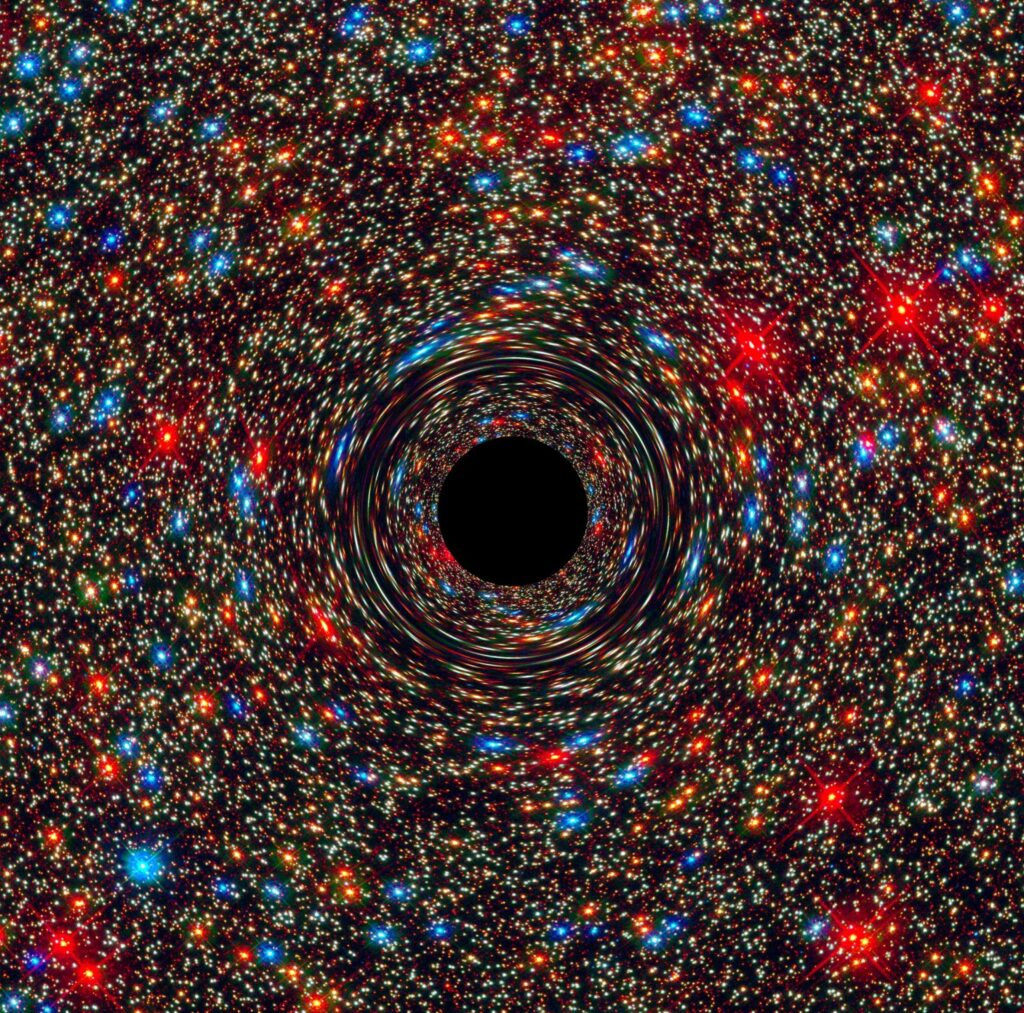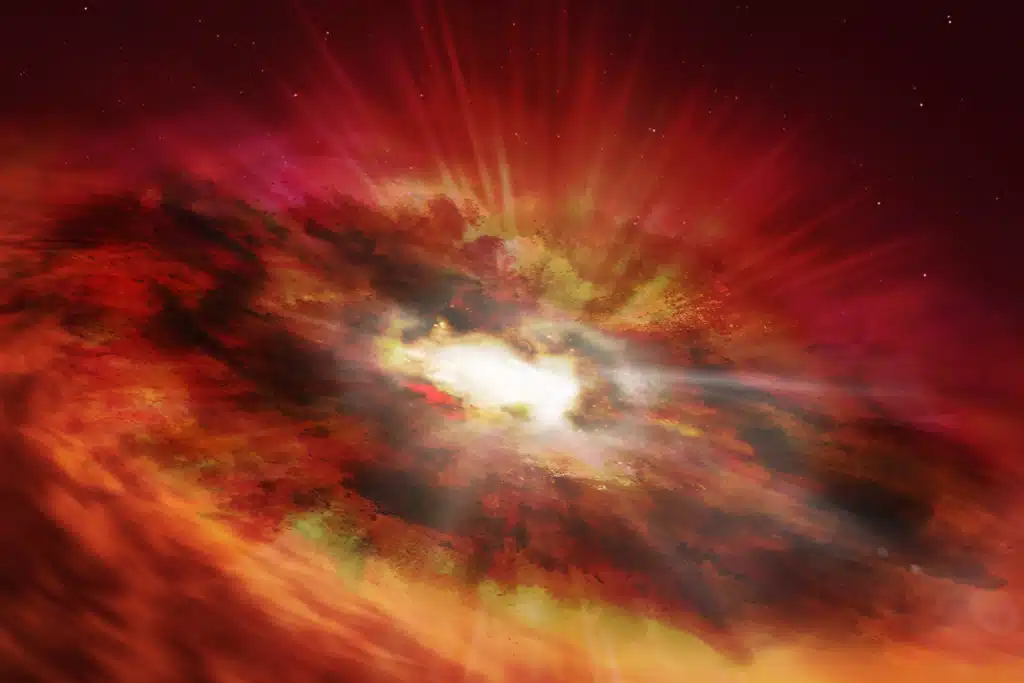Astronomers are shedding a brand new light on the mysterious cosmic dance between supermassive black holes and the galaxies they inhabit. This intricate interplay, which has puzzled astronomers for years, reveals a universe where black holes and galaxies grow in tandem, their evolutionary steps seemingly choreographed across eons.
Supermassive black holes are objects with masses millions to billions of times that of our sun, lurking in the heart of galaxies. They have a gravitational pull so intense that not even light can escape. The long-standing puzzle has been the relationship between these gargantuan black holes and their host galaxies.
The research, led by Dr. Ming-Yang Zhuang, a recent graduate of Peking University now with the University of Illinois Urbana-Champaign, and Prof. Luis C. Ho of the Kavli Institute for Astronomy and Astrophysics at Peking University, investigated nearly 11,500 galaxies. These galaxies, hosting what are known as active galactic nuclei (AGNs), harbor supermassive black holes in their centers that actively consume matter and emit vast amounts of energy.
Diving deep into the cosmos with data from the Pan-STARRS1 3PI Steradian Survey, the team explored these celestial phenomena in the nearby universe, specifically focusing on galaxies within a redshift of 0.35. This refers to galaxies relatively close to our own in cosmic terms, allowing a look back in time at their evolution.
‘A Happy Balance’
Dr. Zhuang’s study sheds light on this cosmic conundrum, revealing that the growth of black holes and their galaxies is not random but a synchronized ballet. “Galaxies that have overweight black holes catch up by making more stars. Those that have skinny black holes allow the black hole to eat more. In the end, the two reach a happy balance,” Dr. Zhuang says in a statement.

The researchers found that this mutual evolution is likely due to a shared gas supply that feeds both black hole growth and star formation within the galaxy. In simpler terms, the same material that forms stars also feeds the black hole. This simultaneous feeding can explain why some galaxies with relatively small black holes catch up over time— their black holes are busy feasting.
Interestingly, the study suggests that feedback mechanisms from AGNs, which were thought to significantly affect star formation, might not be as influential as previously believed. These mechanisms, both radiative and kinetic, are complex processes through which black holes are believed to interact with their surroundings, potentially impacting how stars form.
‘Definitive Benchmark’ In Supermassive Black Hole Research
Prof. Ho emphasized the significance of these new insights, which are published in the journal Nature Astronomy. “This work provides new insights on the coevolution of supermassive black holes and their host galaxies that can serve as the definitive benchmark and framework for evolutionary studies,” he says. “The results offer critical observational constraints for numerical simulations modeling the complex interplay between black holes and their host galaxies.”
Praised by the editor of Nature Astronomy and acclaimed by reviewers, this research marks a pivotal advancement in our cosmic understanding. The findings not only provide a clearer picture of the enigmatic black holes at the center of galaxies but also serve as a compass for theoretical models and simulations, guiding the scientific community through the next frontiers of space exploration.












